Post content:
Center Control – Chess
What is the center?
In chess, the term "center control" always refers to the 4 central squares of the board, and can be extrapolated to the 16 most central ones.
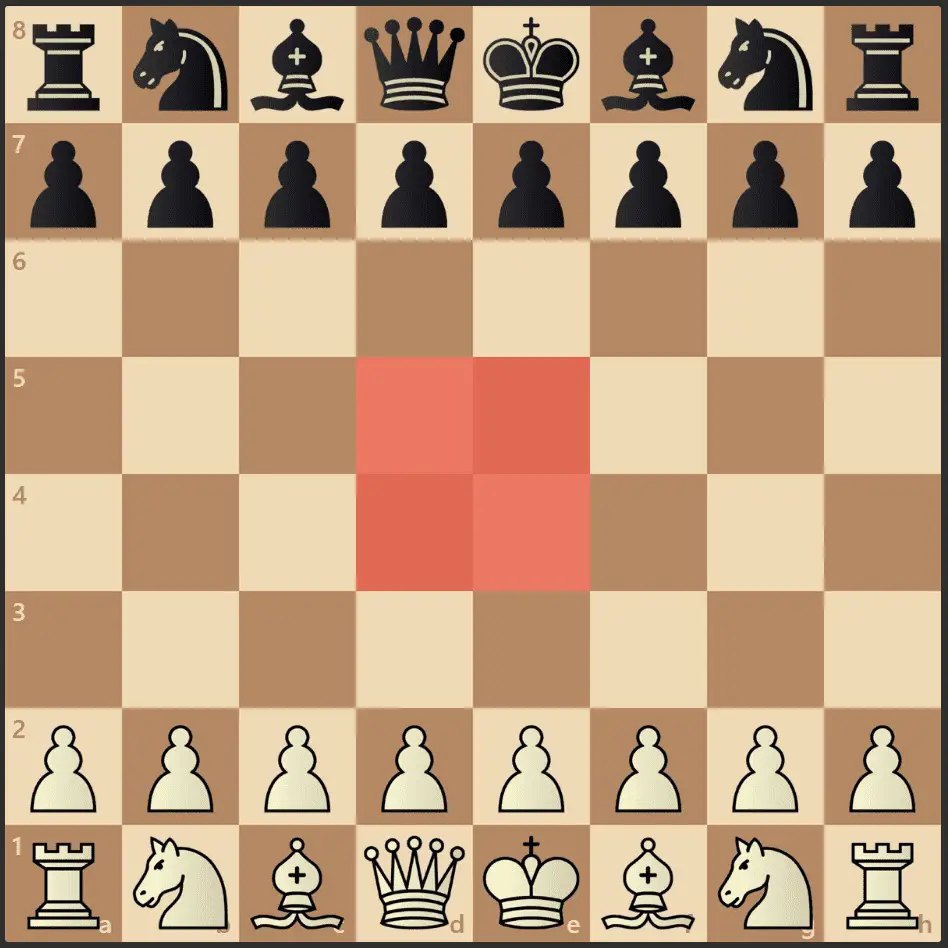
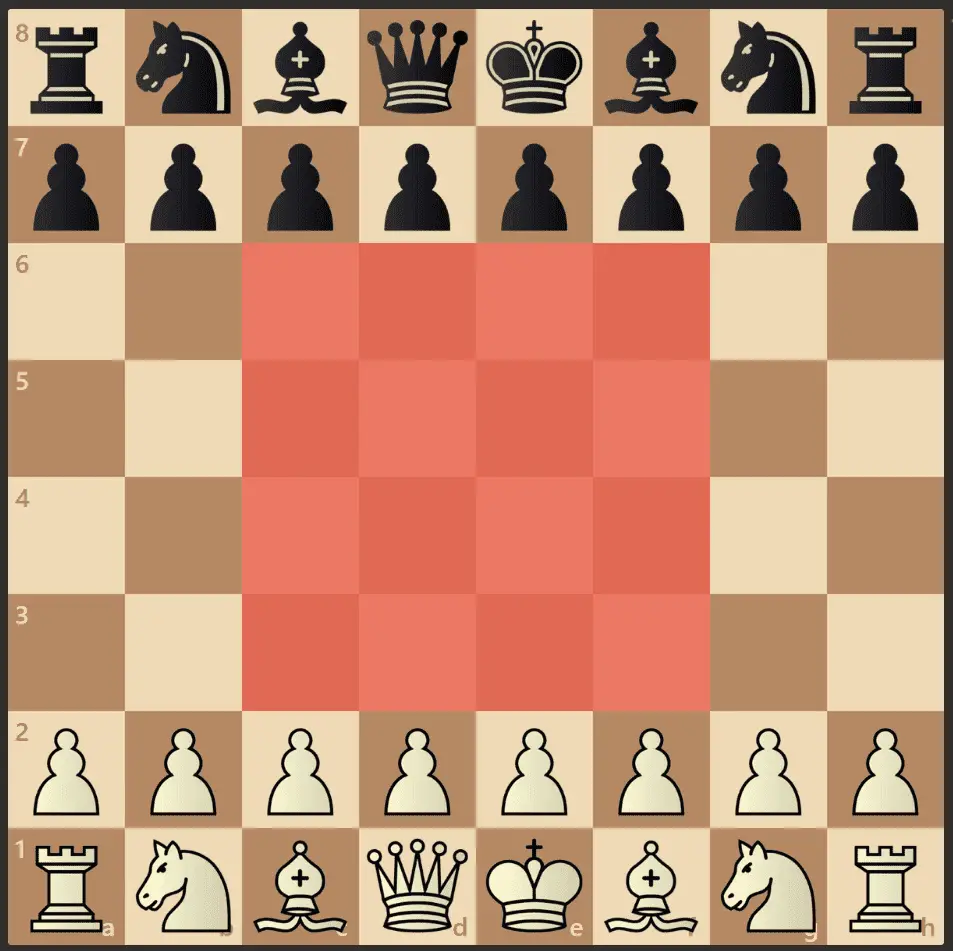
Because it is important?
The importance of the central squares lies in the fact that, by probability, they are where the most action will occur, and where your pieces will be best positioned to move to the rest of the board if necessary.
How to control the center?
The center is usually controlled mainly by pawns, usually accompanied by knights and bishops.
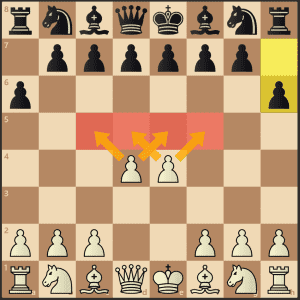
In fact… Have you ever wondered why there are two opening moves that are infinitely more played than the rest?
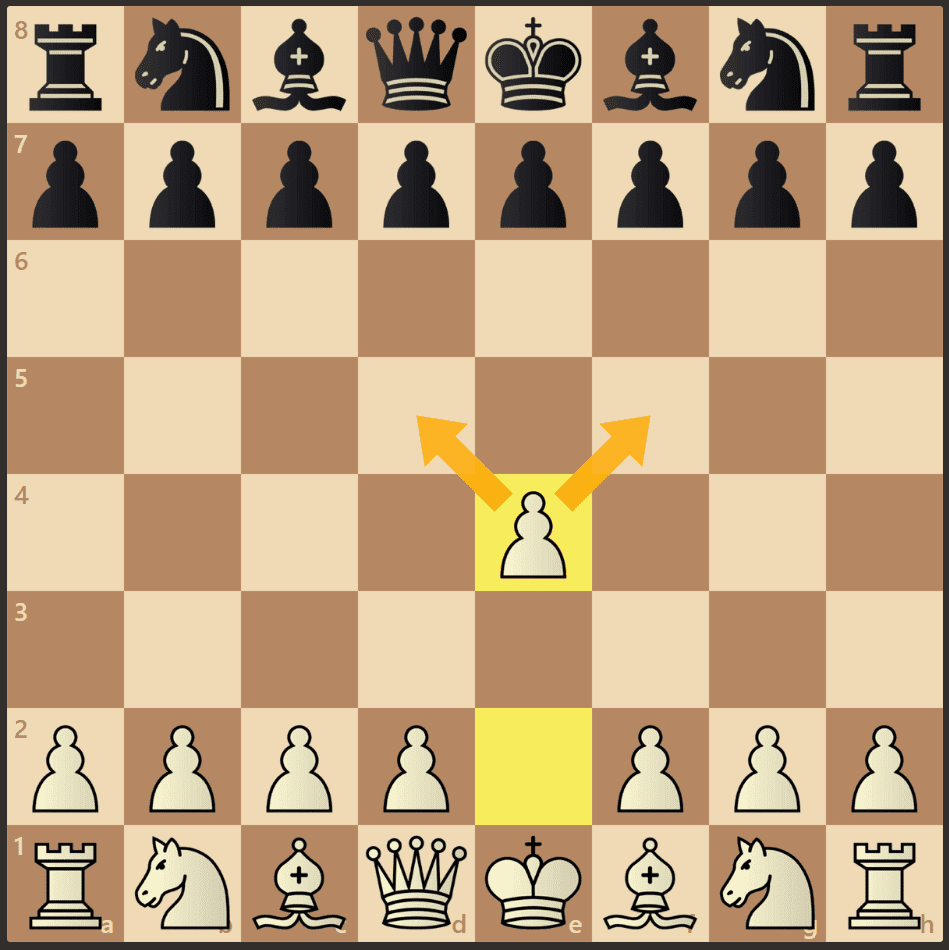
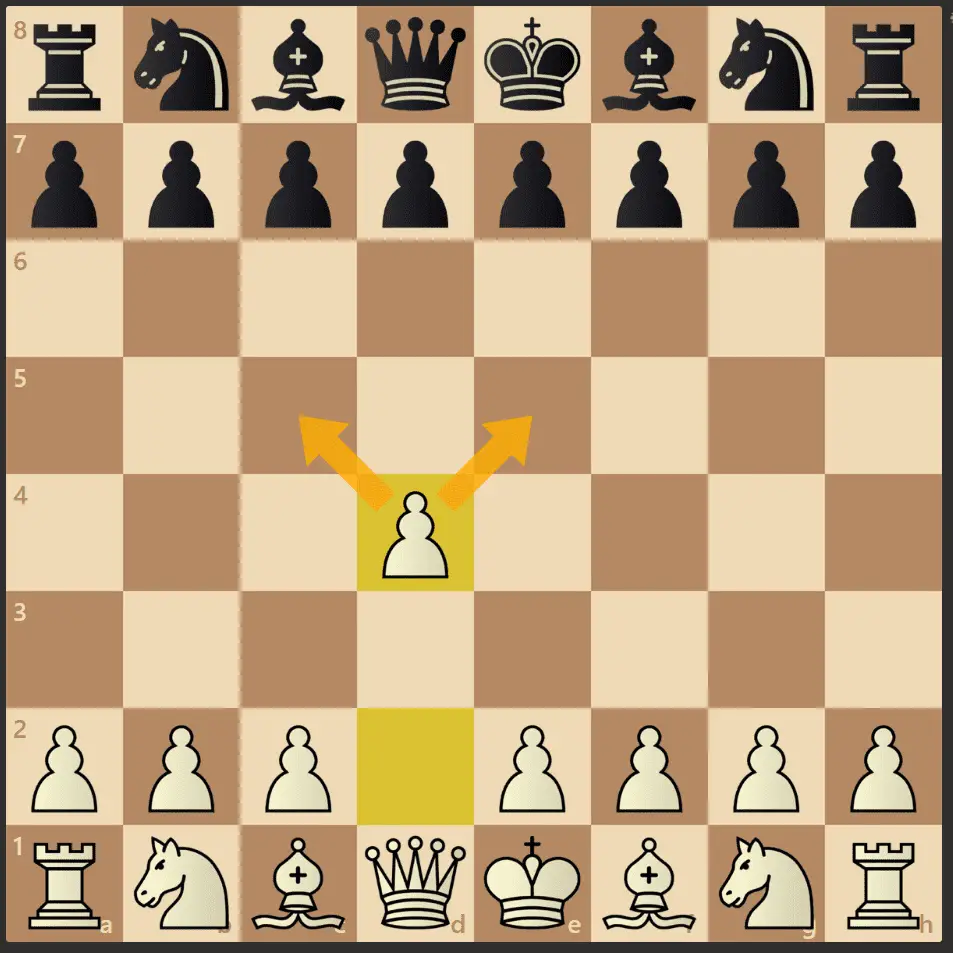
Both 1. e4 and 1. d4 are the favorite moves to start any game, according to online statistics, and both have the same objective: to have influence in the center of the board and open diagonals for a bishop.
Although having a pawn on e4 and another on d4 is ideal for White, the normal thing is that the opponent also wants to control a central square, hence the two most common moves after 1. e4 are e5 or c5.
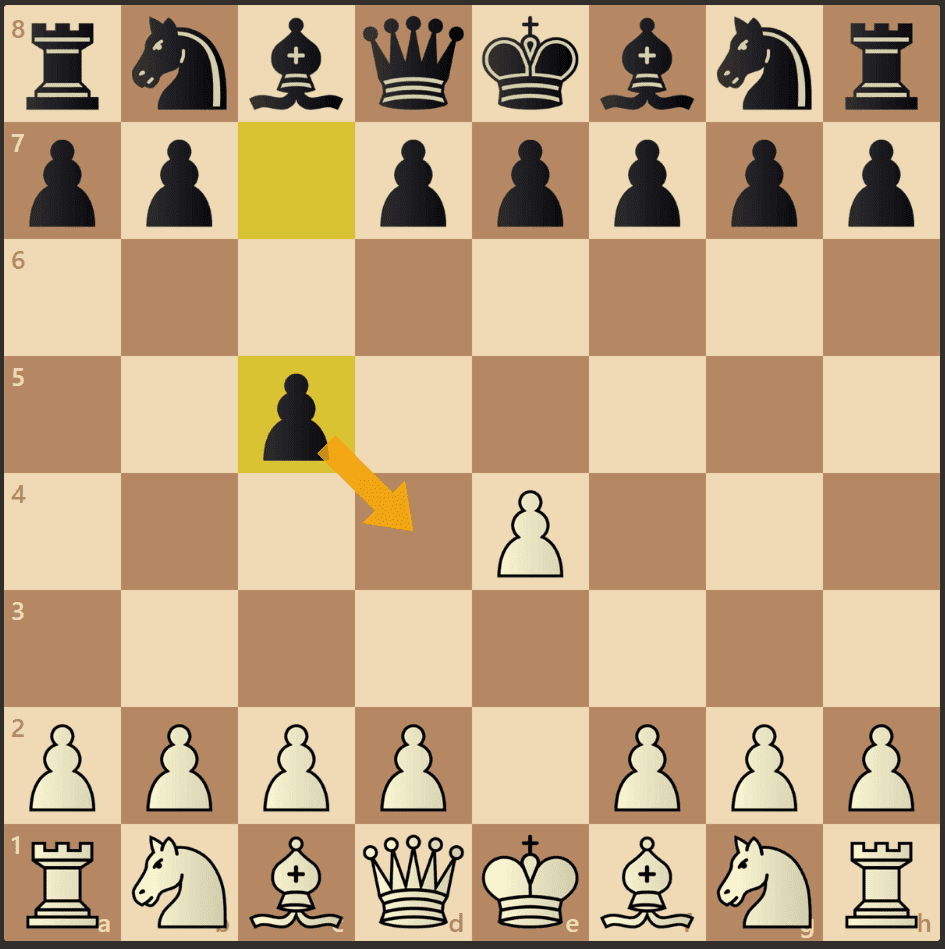
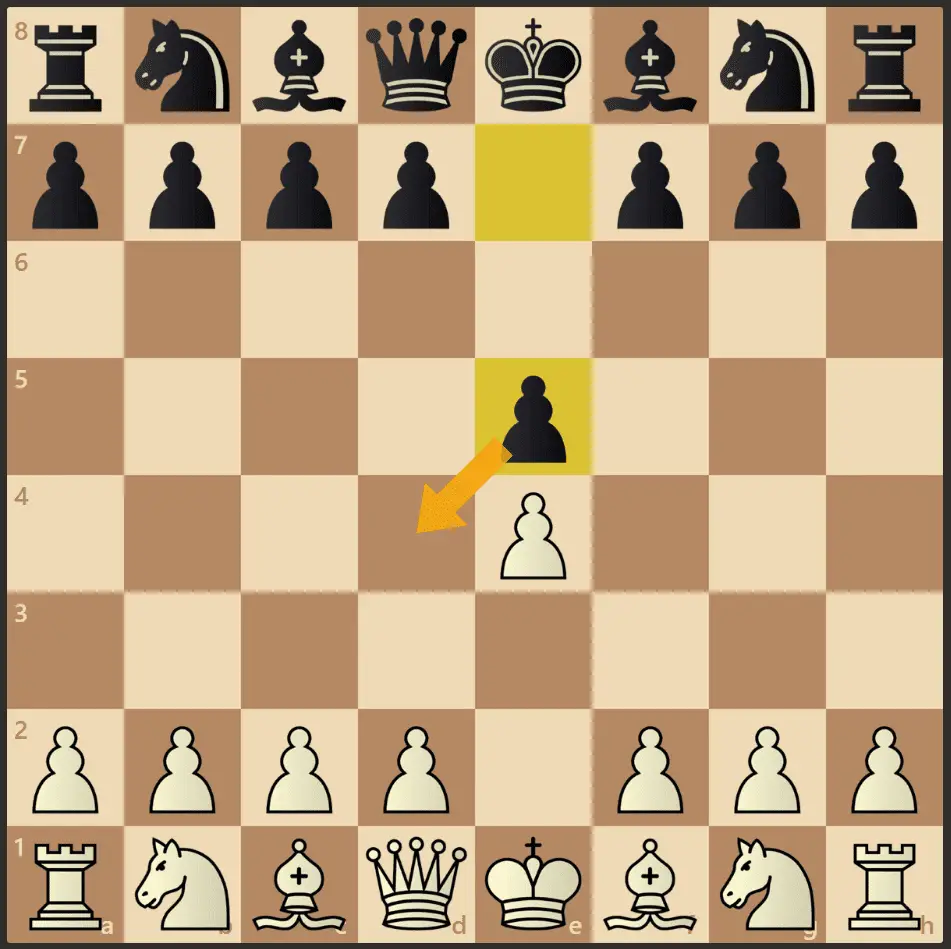
Observe how in both the Sicilian opening (left) and the Double King's Pawn opening (right) the black player's intention is for white to not achieve the "ideal" position that we had previously mentioned.
Summary
Having some control of the center is important in any chess game so that your pieces have good squares and your position is spacious, but do not forget that your opponent will also want to have some influence on him, and many times it is inevitable.
Here ends the explanation of «Control of the center in chess«.
Can return to index of these chess tips and concepts by clicking here.
